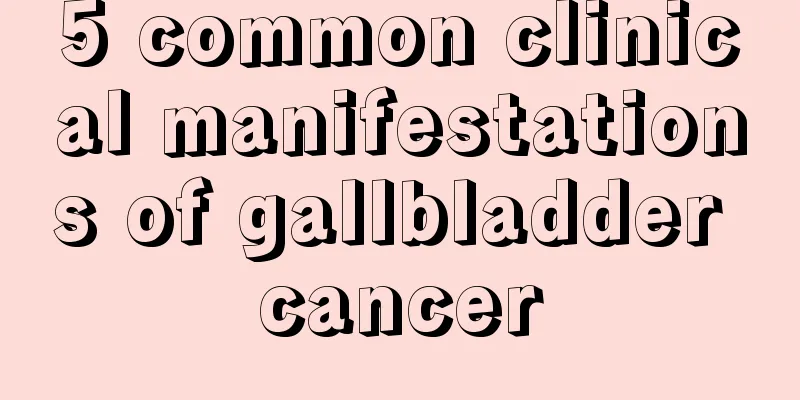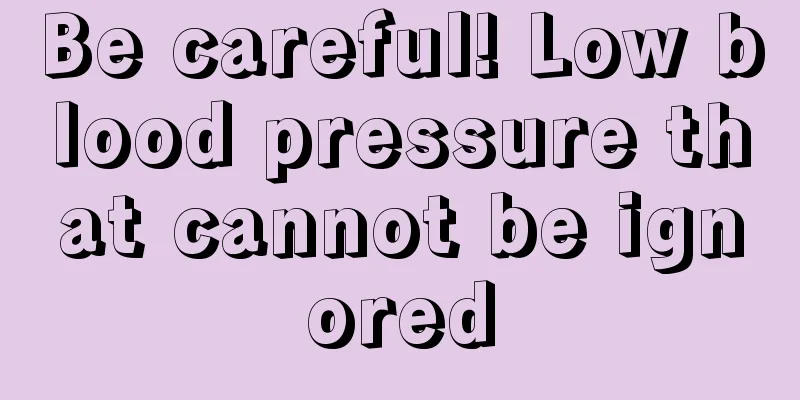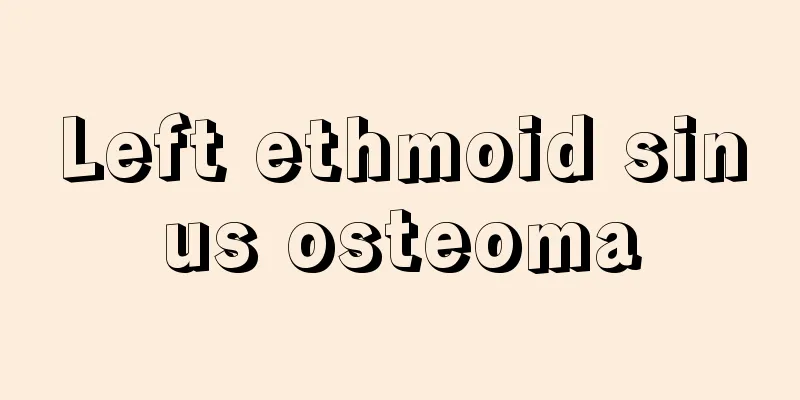The chin is a little crooked and the mouth is a little crooked

|
In fact, if you look closely at your face in the mirror, you will find that basically everyone has some problems with their face. Some people have asymmetrical left and right faces, while others find that their chin is a little crooked. Some people find that not only their chin is crooked, but their mouth is also a little crooked, which has a great impact on the beauty of their mouth. So the chin is a little crooked and the mouth is a little crooked. How should this situation be corrected? Orthodontics is the process of straightening teeth and correcting malocclusion. Orthodontics mainly studies the etiology, diagnosis and analysis, prevention and treatment of malocclusion. Orthodontics can achieve the effect of beautiful teeth. The English name of orthodontics comes from the combination of three Greek roots, which mean "teeth", "correction" and "discipline", which is what we call "correcting teeth". Orthodontic treatment mainly uses various corrective devices to adjust facial bones and teeth. The coordination between the nerves and muscles of the maxillofacial region, that is, to adjust the abnormal relationship between the upper and lower jaws, between the upper and lower teeth, between the teeth and jaws, and between the nerves and muscles that connect them. The ultimate correction goal is to achieve balance, stability and beauty of the oral and maxillofacial system. [3] The correction of malocclusion mainly relies on wearing braces inside or outside the mouth to apply appropriate "bioforce" to the teeth, alveolar bone and jawbone to cause physiological movement, thereby correcting the malocclusion. opportunity Some malocclusions need to be treated early (3 to 6 years old), such as malocclusions caused by overbite or bad habits like lip biting and finger sucking, in order to avoid adverse effects on the maxillofacial area during growth and development. [4] For other malocclusions, it is best to consult and examine an orthodontist when the permanent teeth begin to erupt (8 to 10 years old). Because at this time, we can observe the eruption process of children's permanent teeth early and regularly, and discover and solve problems in time. The best age for most orthodontic treatments is between 12 and 16 years old, and some orthodontists call this age group the "golden age" for orthodontic treatment. [5] The best time for orthodontic treatment varies according to different age groups: 1. Primary teeth period (3 to 5 years old). The main purpose of correction is to promote the normal development of children's maxillofacial region. During this period, the main targets are malocclusions such as deciduous teeth crossbite (i.e. overbite), mandibular protrusion, posterior teeth crossbite, etc. that hinder the normal development of the maxillofacial region. It also promptly corrects bad habits that affect the normal function of the oral cavity, such as tongue sticking out and lip biting, to prevent further occurrence of malocclusion. 2. Tooth replacement period (girls: 8-10 years old, boys: 9-12 years old). Generally, there is no need to correct the local malocclusion that occurs during this period. However, for bad habits such as lip biting, tongue sticking out, and mandibular protrusion, or abnormal facial shape, anterior crossbite, functional mandibular retrusion, and abnormal relationship between the upper and lower jaws, it is often necessary to go to the hospital to see an orthodontic specialist for examination in time to determine whether it is a dental, functional, or skeletal malocclusion in order to clarify the treatment plan. 3. Permanent teeth period (girls: 11-14 years old, boys: 13-15 years old). Permanent dentition begins to form around the age of 12. Once malocclusion occurs at this time, it will not disappear automatically and can only be corrected through treatment by an orthodontic specialist. This period is the best time to correct malocclusion in children, with the best effect. All types of malocclusion can be corrected with orthodontic treatment. [6] Age restriction Adults have more limitations when it comes to receiving comprehensive orthodontic treatment than children. If the problem of tooth bite is caused by the underdevelopment of the upper and lower jaws, since the face and bones of an adult have basically been formed, it must be cured through orthodontic treatment. Only by combining orthodontics and maxillofacial surgery can deviations in jaw development in adults be corrected. Functional braces, which are used to correct abnormal jaw bone development in children, are generally not successful in adults. As society develops, people's requirements for quality of life are gradually increasing, and more and more adults are seeking orthodontic treatment to improve their smiles, correct their tooth bite or correct other problems caused by injuries, diseases or long-term neglect of oral care. Today's society pays more attention to personal image and health. Having a pleasant smile and neat teeth can increase your confidence. A healthy, beautiful smile can boost self-confidence at any age. Healthy teeth can be moved at any age. However, because the physiological metabolism of adults is not as active as that of young patients, and the oral environment is more complex than that of young patients, the difficulty and time required for orthodontic treatment will increase to a certain extent. Of course, because the facial bones of adults no longer grow, some serious malocclusion problems cannot be corrected with braces alone. Sometimes they require maxillofacial surgery combined with orthodontic treatment to solve them. [6] process The orthodontic process is actually a process in which the doctor and the orthodontist cooperate with each other to align the crooked teeth through brackets. The orthodontic process can be divided into the following stages: 1. Consultation: including clinical examination before treatment, collection of diagnostic data (such as plaster models, facial appearance and intraoral dentition photography, facial and dentition X-ray examination, etc.), medical history diagnosis and analysis, formulation of treatment plan, explanation and discussion with the patient. 2. Start orthodontic treatment: After determining the treatment plan, the doctor will select suitable brackets based on the patient's condition and requirements, and perform corresponding adjustments, bonding and force application. Orthodontic treatment of teeth begins here, and follow-up visits are generally scheduled about once a month. The specific time is determined by the doctor based on the needs of treatment. Necessary examinations and records will be made during each follow-up visit. 3. Retention: Wear a dental retainer after orthodontic treatment. Generally speaking, you need to wear the retainer full-time for the first year after the end of treatment, and then gradually reduce the time of wearing the retainer according to the doctor's advice. Failure to wear retainers consistently may lead to recurrence of malocclusion. Since malocclusion varies from person to person, the specific details of orthodontic treatment will depend on the degree of individual dental deformity. In addition, the complexity of the orthodontic process also depends on the experience of the orthodontist and the cooperation of the patient. In short, for orthodontic patients, as long as they cooperate well with the doctor during the orthodontic process, they can achieve ideal orthodontic results. [7] time The course of orthodontic treatment is generally about two years, but the time required for treatment may vary depending on factors such as the age, severity, and response of the teeth to treatment of each patient. As long as you can cooperate well with the orthodontist, go for follow-up visits on time, maintain oral hygiene and protect the braces from damage, the efficiency of orthodontic treatment can be greatly improved. Precautions Don’t think that wearing braces will solve your problem once and for all. During orthodontic treatment, you should pay attention to diet and oral care. Improper diet and oral care habits may affect the time required for treatment and the final effect at the end of treatment. Since the bracket of the orthodontic bracket is attached to the surface of the tooth through a special adhesive, and then the archwire is fixed on it, a certain force is applied to achieve the purpose of correcting the teeth. Therefore, the bracket itself needs to be easy to stick on and easy to remove. At the same time, the arch wire must also have the property of generating appropriate force and bearing a certain chewing force. Since it is a device that will be removed in the future, the braces cannot fit tightly to the teeth to allow us to eat without restraint, and the thinner archwire cannot withstand excessive biting force. Therefore, you should eat less during the correction process: (1) Hard foods, such as ice cubes, nuts, hard biscuits, sugar cane, hard candies, crabs, lobster shells, etc., and bad habits such as biting pens and nails should also be avoided; (2) Foods that are too sticky, such as milk candy, maltose, and some biscuits. (3) Foods that are too large, such as apples and pears, should be cut into small pieces before consumption. Of course, to avoid tooth decay, you should try to reduce your intake of sweets and drink less carbonated drinks during the correction period. After each meal, you should use the correct brushing method to clean your mouth thoroughly, supplemented by oral cleaning products such as dental floss and interdental brushes to avoid tooth enamel demineralization, tooth decay, gingivitis or other complications. Indications 1. Patients with crowded teeth: The teeth are pushed in and out, which is unsightly, difficult to clean, prone to caries, easy to form tartar, and lead to periodontal disease. 2. Anterior crossbite is also known as "underbite", which is characterized by the lower front teeth biting outside the upper front teeth. Some people only have crossbite of the teeth; some people not only have crossbite of the teeth, but also have facial bone deformities, which is called skeletal crossbite, characterized by insufficient development of the maxillary bone (retrusion) and excessive development of the mandibular bone (protrusion), resulting in a depression in the middle of the face and a crescent-shaped profile, affecting appearance and function. 3. Patients with diastematous diseases, characterized by excessive gaps between teeth. 4. Deep overbite: also known as "protruding teeth", some of which are only manifested as protruding upper front teeth or inverted lower front teeth; others are skeletal deformities. Some of these people have upper front teeth and upper gums that protrude too far forward, while the chin is retracted behind the upper lip, or there is no chin at all. 5. Bimaxillary protrusion, or protrusion of the upper and lower front teeth, causing lip protrusion, and the patient has to use force to close the lips, and the lips are open and the teeth are exposed. 6. Crossbite and lockbite of posterior teeth: affect chewing function and may cause upper and lower jaw deformities in the long term. 7. Patients with deep overbite (front teeth bite too deeply): the lower front teeth cannot be seen when biting; some people also have bone deformities, which manifests as a short lower face. This deformity can easily injure the upper gums and lead to periodontitis of the front teeth and facial joint diseases. |
<<: The lower front teeth cause jaw pain
>>: My chest suddenly sank. What happened?
Recommend
Early symptoms of endometrial cancer in women
As our economy continues to develop, our lives ar...
I have pimples and swelling on my eyelids
Acne is a substance that is quite harmful to huma...
Banana roots are moldy
Banana is a very common tropical fruit in our liv...
There is a sound of air leaking from the soles when walking
We all know that everything has a running-in peri...
How long does it take for internal organs to react after being injured
The harm caused by internal organ injury is relat...
What are the methods of using enema
The main function of enema is to relieve constipa...
Symptoms and treatment of viral myocarditis
Viral myocarditis is an infectious myocardial dis...
What causes ascites in late-stage gastric cancer?
After malignant tumor patients develop ascites, c...
Is junctional premature beat normal?
Under normal circumstances, the heart beats at a ...
There are so many dangers of lip micro-plastic surgery!
Some girls always think that their lips are not b...
You will be as strong as a tiger next year, all thanks to the winter nourishment!
eat .Replenish your body in the coldest days of w...
The efficacy and function of magnetic underwear
Major businesses have racked their brains to laun...
What causes chapped and peeling lips? We need to take precautions
People may often suffer from chapped lips in thei...
What are the treatments for canine distemper?
Canine distemper is a disease that mainly occurs ...
How to deal with hands dirty by walnuts
The main reason why walnuts make your hands dirty...









